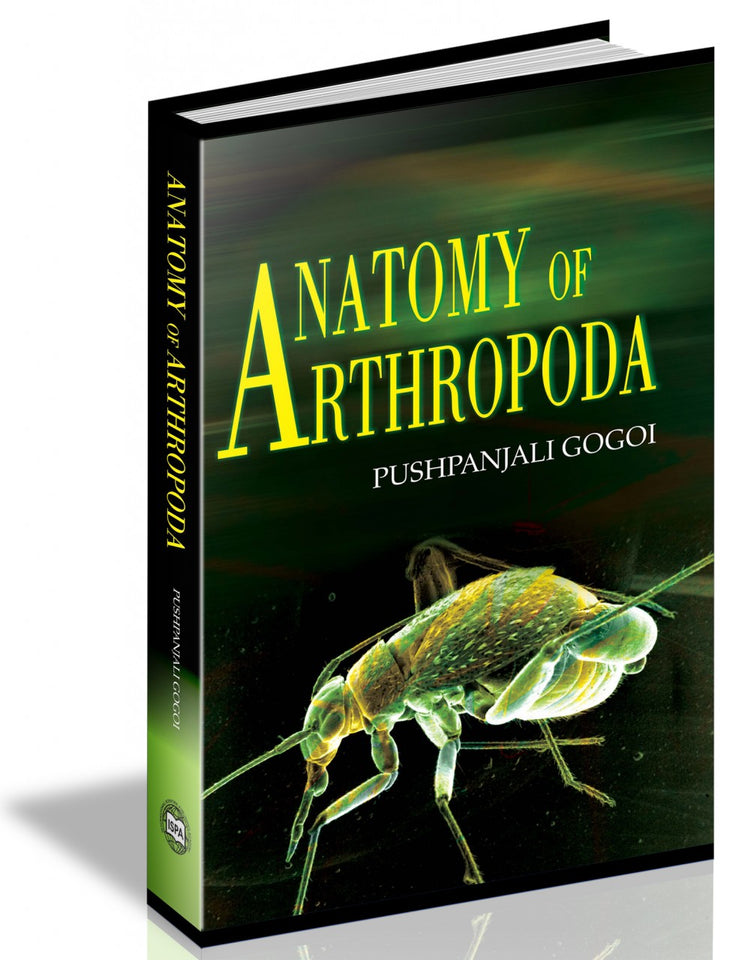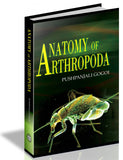Anatomy of Arthropoda
Regular price
Rs. 950.00
Arthropods are by for the most successful phylum of animals, both in diversity of distribution and in numbers of species and individuals. Arthropods are found in a greater variety of habitats than any other animal group, on top of mountains, at great depths in the ocean and in the icy wilderness of Antarctica.
Musculature for the body and the limbs occurs within the exoskeleton. Arthropods require comparatively small muscles because their rigid cuticle provides some body support and the restricted articulation requires little muscular control. Plants, in many forms from great trees to tiny mosses, coverland. Larger prehistoric plants developed from their smaller ancestors; finally, flowering plants, modern shrubs and trees evolved.
Crustacea is the only group of arthropods that is primarily marine, though there are many fresh water species also. Most of these arthropods — Spiders, Mites, Ticks, Scorpions, Whip Scorpions, Pseudoscorpions, solpugids and Harvestmen are terrestrial forms, although a few mites are aquatic. Biologically, these two classes are as different from each other as birds are from frogs or fish. Cockroaches are among the world's most common and cosmopolitan insects. Insects are often thought of as mankinds most formidable competitors. This book contains:
—INTRODUCTION
—INSECTS AND THEIR RELATIVES
—CRUSTACEANS
—ARACHNIDS
—MILLIPEDES AND CENTIPEDES
—URBAN ARTHROPODS
—MEDICALLY IMPORTANT ARTHROPODS
This book attempts to provide information of modern experimental methods used in biological arthropods. This book will be highly valuable for students, teachers, researchers and upcoming scientists in the fields of biology.
Guaranteed Safe Checkout





